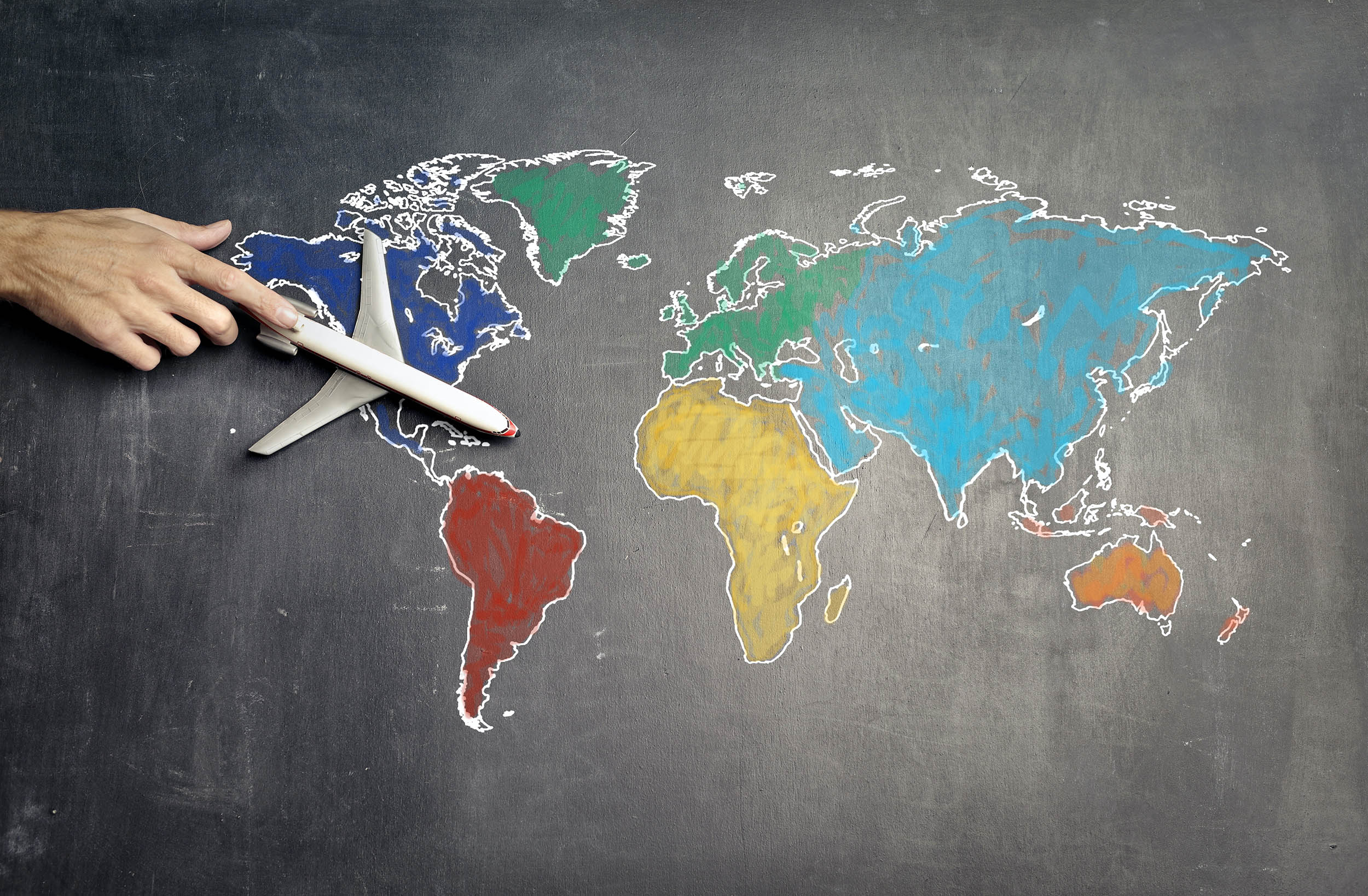Traveling can be expensive, and especially when we travel to distant places, air travel is often the only way to get there. Unfortunately, we already exclude certain destinations from the pre-selection because we think it's valuable to get there.
But now there are many different factors that make up the price of a plane ticket. However, there are often ways to cut costs, especially for solo travelers.
1. Subscribe to a Flight Alert Service
The great thing about the Internet and the technology is that there are tools that give you instant, real-time information about cheap flights or so-called "error tariffs". Sometimes airlines have a really good deal or inadvertently publish fares that are way below the market price. In these cases it is important to know these offers quickly before others book them. You can either spend all day on the websites of all the airlines in the world or simply subscribe to a flight alert service that constantly scans offers and sends you a message when there is a good new offer. Under the “Flight Deals” section you can sign up to get the best deals on the internet.

2. Book in advance
Timing is important. As you may know, people on an airplane pay different prices for their tickets even if they are in the same class and service. Airlines use dynamic pricing methods and you often get much better prices if you book in advance as the cheapest booking classes usually become unavailable as the departure date approaches. Some people may say that last minute deals are usually the best, but that's purely speculative and you don't know what destinations will actually be available then. Each airline has a different pricing structure. However, I recommend booking at least 6 weeks before departure if you want to get a great price.

3. Be flexible with dates
The price of your flight may depend on the day of the week you wish to depart and the length of your stay. Business travelers, for example, who are less price-sensitive, often only stay in one place for a few days. If you can stay longer, your return ticket should be at least 6 to 7 days after the first flight to get the best price. Many airlines also activate a fare matrix showing fares for +/- 3 days around your chosen departure date. So I recommend you to check the prices for different dates if you are flexible!
4. Avoid peak times
Be aware of the national and school holidays in your country. Usually during this time, prices will go up as demand increases. Imagine whole families planning their vacation according to their children's schedule. Your destination will most likely also be affected by overcrowded beaches and a less pleasant travel experience. Also take into account public holidays and the vacation time in your destination country in order to avoid the same effect on site.

5. Use flight search engines
One of the best tools to get an initial overview of the prices to be expected are flight search engines. Many technology companies and start-ups have made it their mission to provide fast and detailed service to travelers who are looking for the best prices on a specific route. These search engines look through flight information from most airlines to find the cheapest and fastest flight. Usually you can search for prices for multiple stops and different classes like economy and business. However, low-cost carriers are usually not included in these search engines, so you need to check their pages separately. Some of the most useful flight search engines include Google Flights, Skyscanner and Kayak, which not only show you the price per flight but also direct you to the specific websites where you can buy the tickets. Finally, you can save a lot of money by searching Google Flights for nearby airports to see if flying to the same destination from an airport you can also easily reach is cheaper.
6. Check the prices on the airlines' websites

Don't blindly trust flight search engines. When you see good deals, it is a wise decision to pick the top three and check them out on the airlines' websites. Sometimes the search engine may not show the correct price or the flight on the airlines' websites may be cheaper than the search engine. So this little investment of time can definitely be worth it, and in fact, some people have confidence issues with flight search engine results as they sometimes lead to websites you have never heard of before.
7. Earn miles
Most airlines use mileage programs to attract new customers and strengthen loyalty with existing customers. Miles give you discounts on flights, flight upgrades to a higher class or other products from companies that work with the airline. Now people think they can never earn enough miles, so they don't enroll in the programs.

I have found that free registration is often unexpectedly worthwhile. Many miles programs also reward customers who buy products from partners, for example in the supermarket or at the gas station. So you collect bonus miles in everyday life when paying for other things. After some time this can really pay off as you can get priority status at check-in, lounge access, priority boarding or when redeeming your miles to get a free flight to the US! The most useful mileage programs are often those that apply to many different airlines, including the Miles & More program, which allows you to redeem miles on all Star Alliance airlines.

